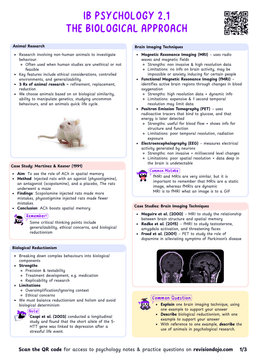Cognitive Load Theory
Cognitive Load Theory
The idea that working memory has limited capacity, and learning is more effective when unnecessary demands are reduced.
- CLT is based on the proposition that our knowledge is split into:
- Primary knowledge, which is biologically predisposed.
- Secondary knowledge, which is cultural and used for teaching.
Key Ideas
Working Memory Limitations
- Working memory can only hold a few items at a time (typically around 7 ± 2).
- When overloaded, learning becomes inefficient.
Types of Cognitive Load
- Intrinsic Load: The complexity of the material itself.
- Extraneous Load: Unnecessary demands (e.g., irrelevant information).
- Germane Load: Effort devoted to processing and understanding the material.
- Cluttered PowerPoint Slide: A slide with too much text, images, and animations can overwhelm students, making it hard to focus on the main idea.
- Clear Diagram: A simple diagram highlighting key points supports memory retention by reducing unnecessary distractions.


